Solenopsis stricta
279,90 zł
Worldwide shipping
Free delivery over 500 PLN
The highest quality of goods
Live delivery guarantee
24/7 Personal Support
Fair Prices
Description
Solenopsis cf. stricta is a fast-developing ant species with polygynous colonies of up to 100,000 workers. The queen measures 6-9 mm, while workers measure 1.5-3 mm. They have a dark brown to reddish-brown color and feed on insect food, syrup, fruit, vegetables, jelly, and cooked chicken without salt.
Additional information
| Behavior | |
|---|---|
| Difficulty in breeding | |
| Origin | |
| The size of ants | |
| Wintering |
Solenopsis stricta: The Aggressive and Versatile Ant Species
Colony Type: Polygyny
Colony Size: Up to 100 000 workers
Development Speed: Fast
Size and Color
The queen of Solenopsis stricta measures between 6-9 mm, while their workers are smaller at 1.5-3 mm. These ants exhibit a distinctive coloration of dark brown and reddish-brown, making them easily recognizable in their natural habitat.
Size:
- Queen: 6-9 mm
- Workers: 1,5-3 mm
Color: These ants exhibit a distinctive coloration of dark brown and reddish-brown, making them easily recognizable in their natural habitat.
Nutrition:
Camponotus atriceps ants feed on a varied diet including:
- Food insects (such as cockroaches and crickets) dead, or live if colony is big
- Syrup (a mixture of water and honey or sugar, with a ratio of 4/3 water:1)
- Fruits and vegetables
- Jelly
- Cooked chicken without salt, shrimps
- Honey
Humidity and Temperature Requirements
Humidity and Temperature:
- Humidity: Arena: 50-60%, Nest: 70-80%
- Temperature: Arena: 22-30 °C, Nest: 22-26 °C
Special Features
One of the notable features of Solenopsis stricta is its aggression. These ants are known for their aggressive behavior, which can be attributed to their natural instincts and territorial nature. Additionally, Solenopsis stricta ants produce formic acid, which aids in their defense mechanisms against predators.
Recommended Nests for Breeding
Solenopsis stricta can thrive in a variety of nests suitable for breeding. Some recommended nest materials include acrylic, gypsum, aerated concrete, earth, and cork. These nests provide the necessary conditions for the colony to grow and develop. Be carefull because ants love to leave the nests and kill all enemies


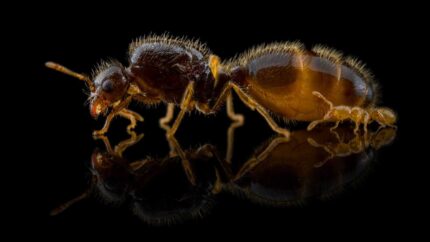
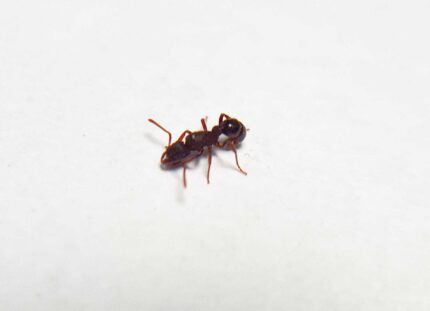
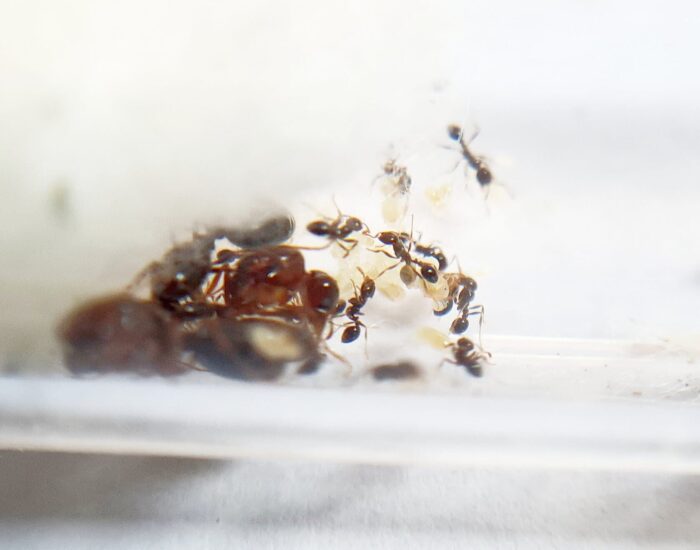
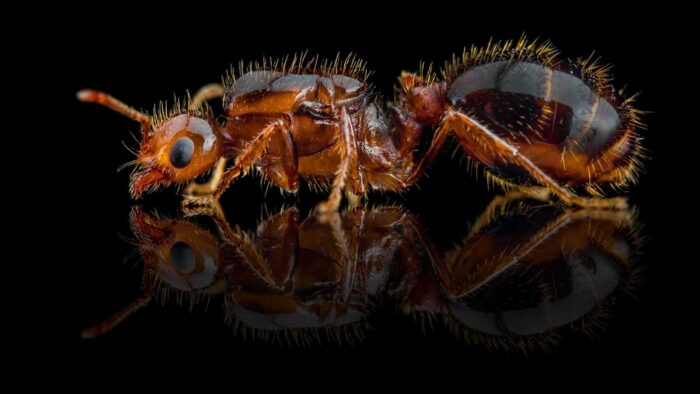
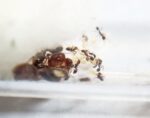

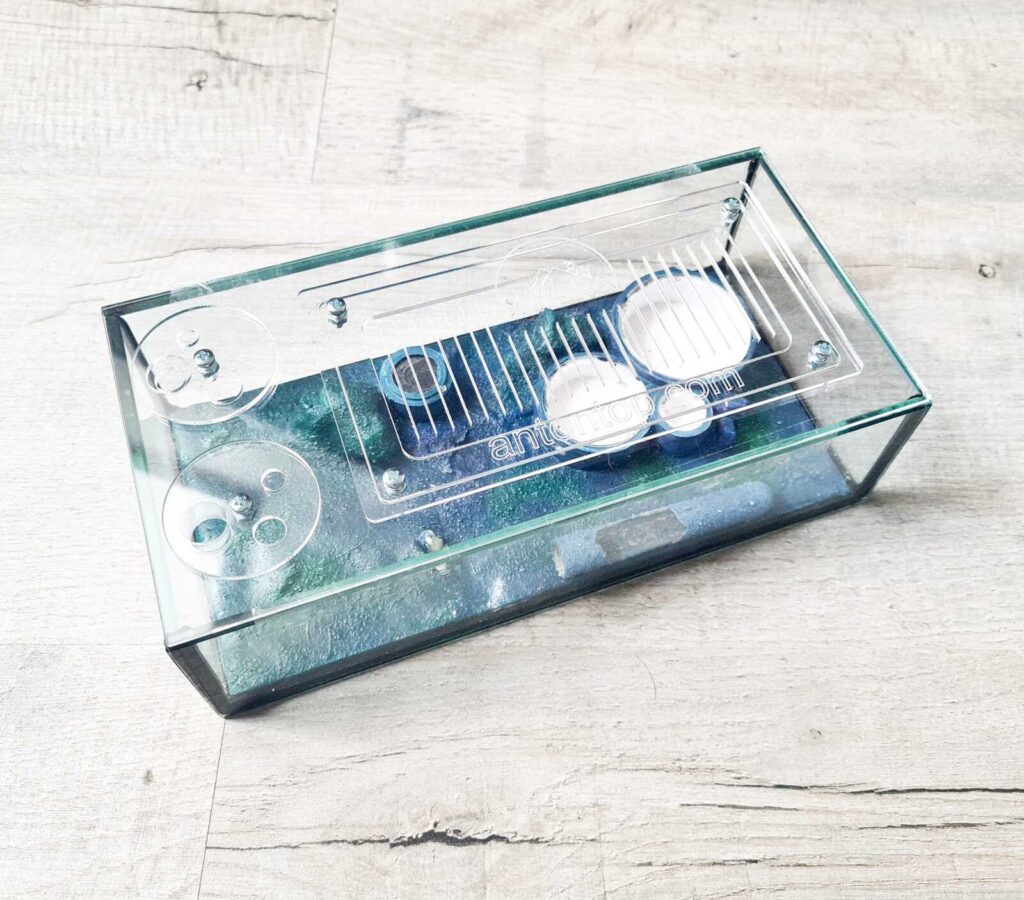
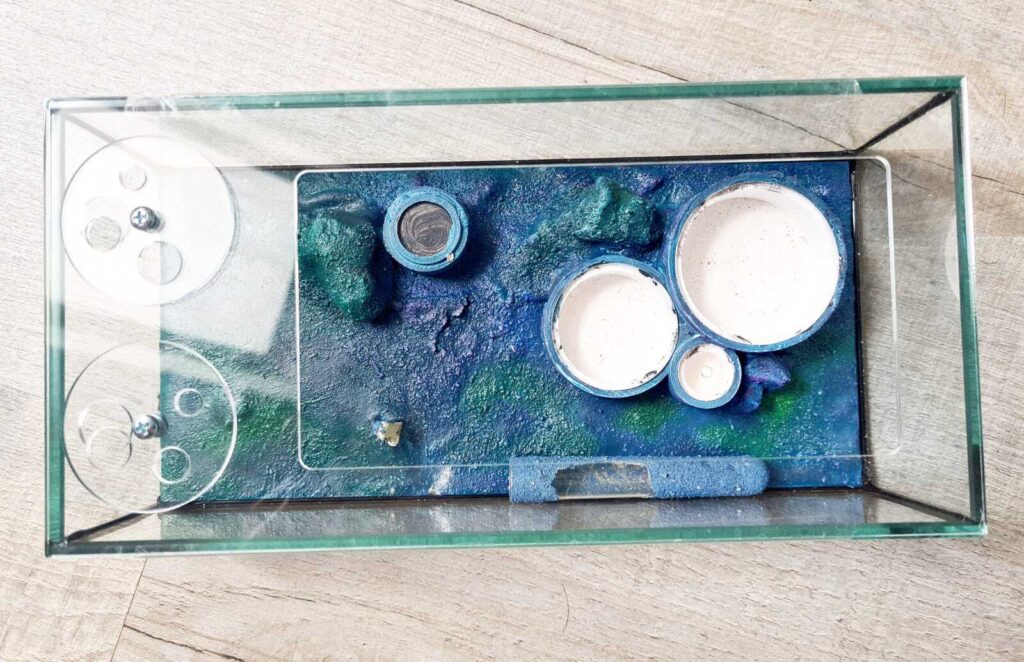
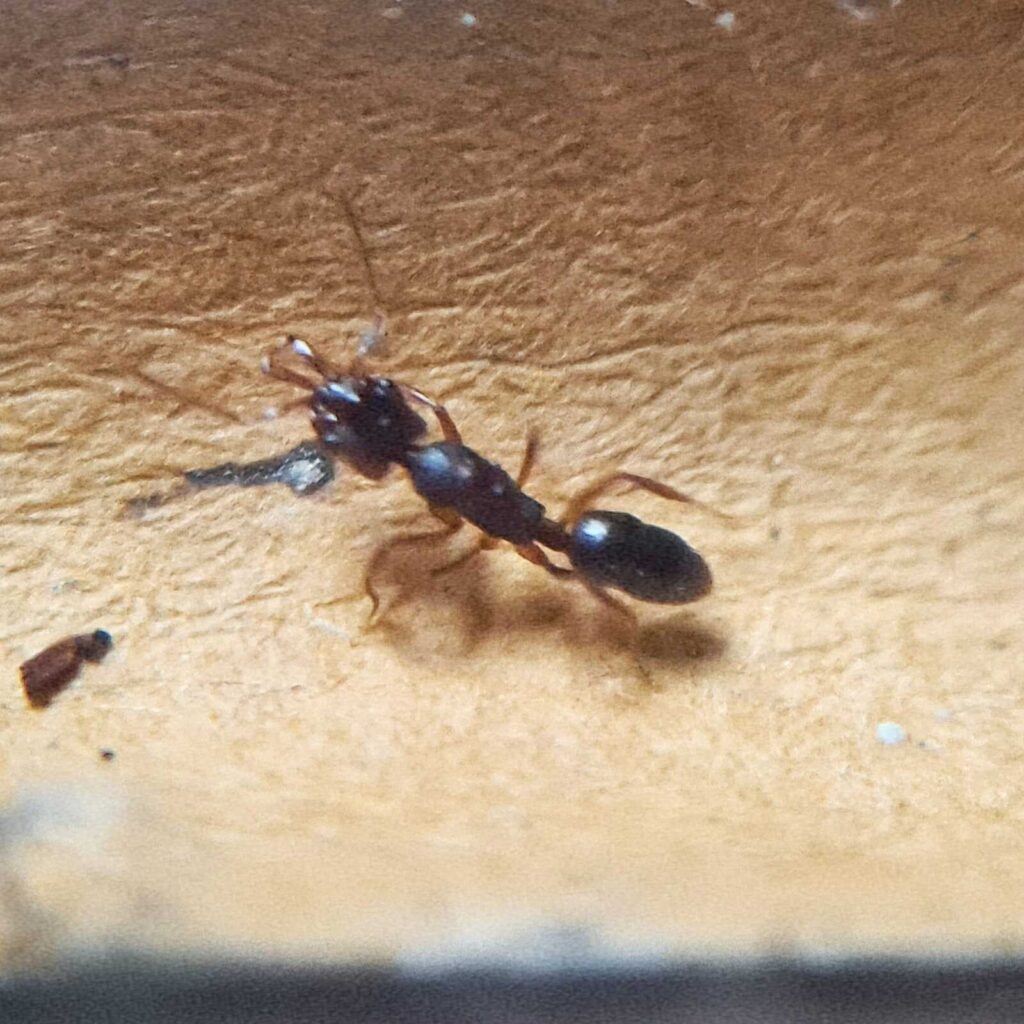
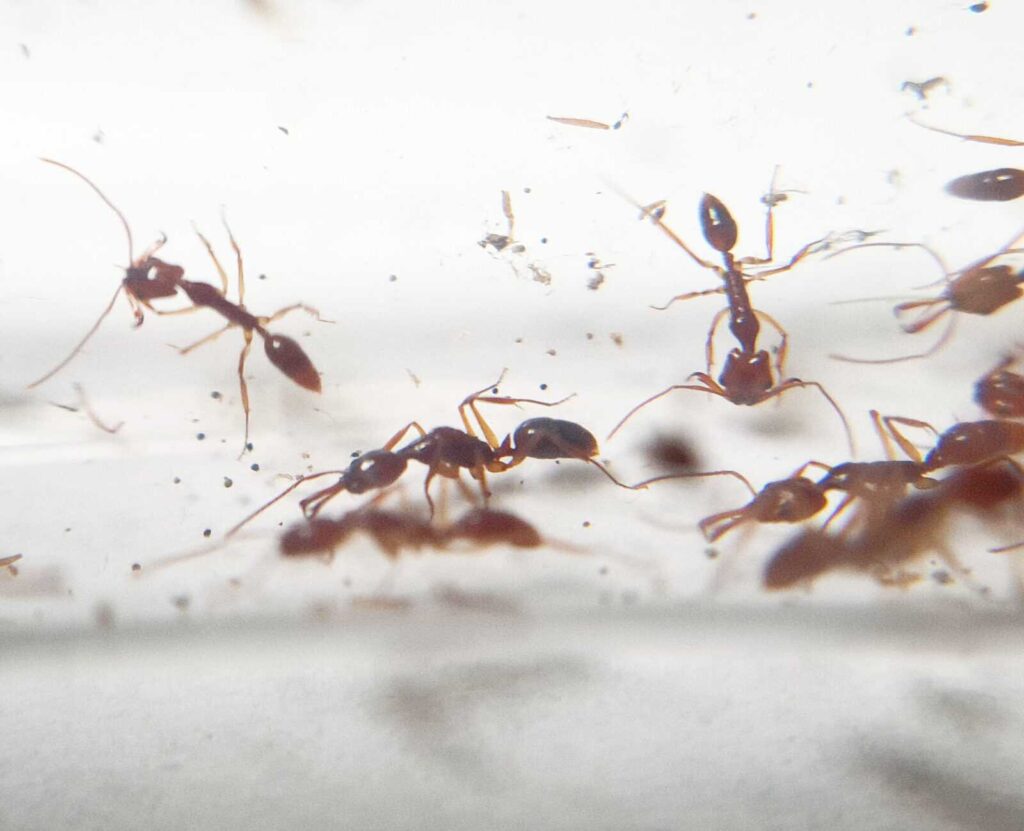
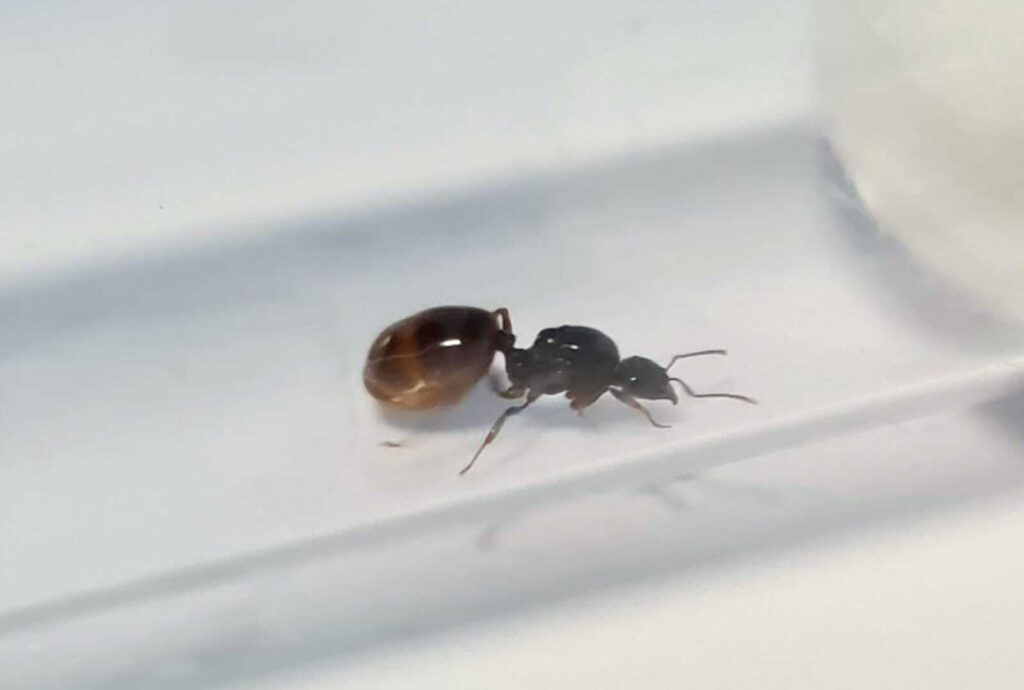
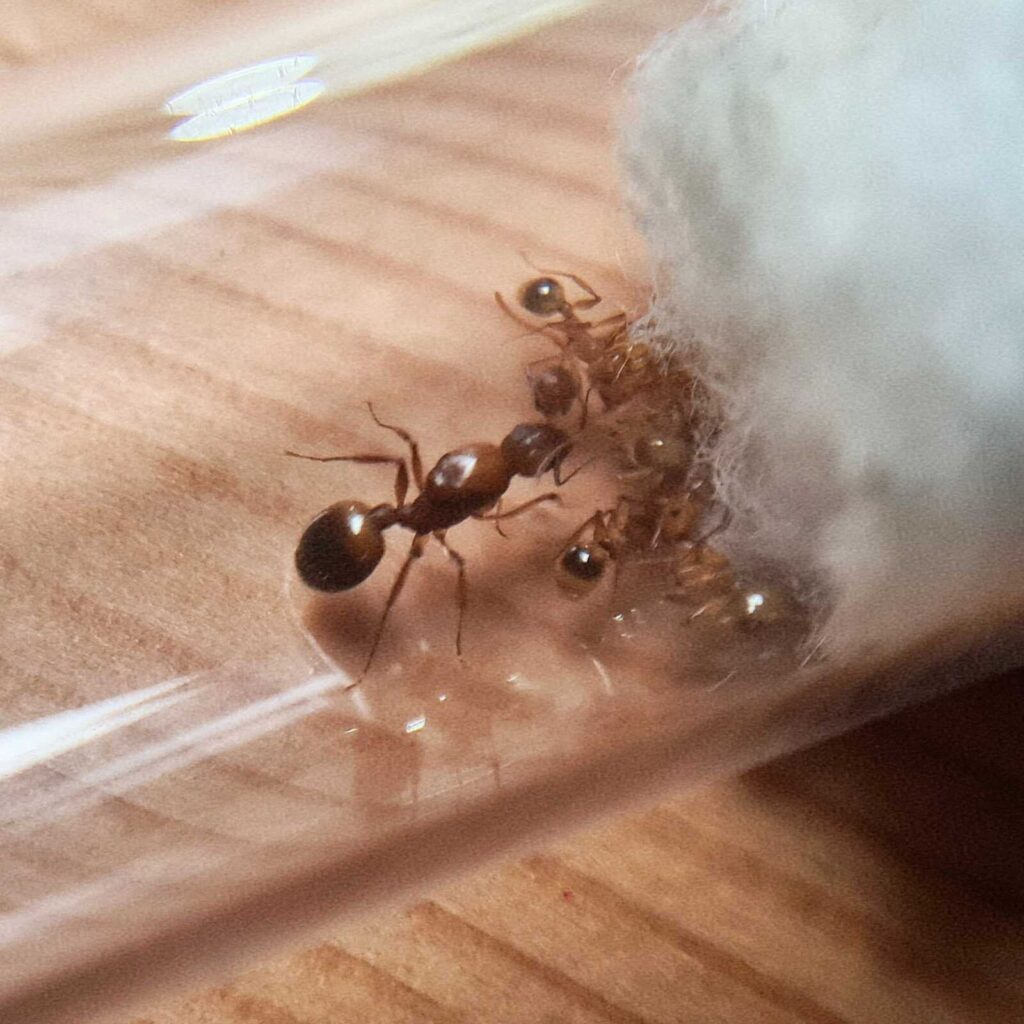
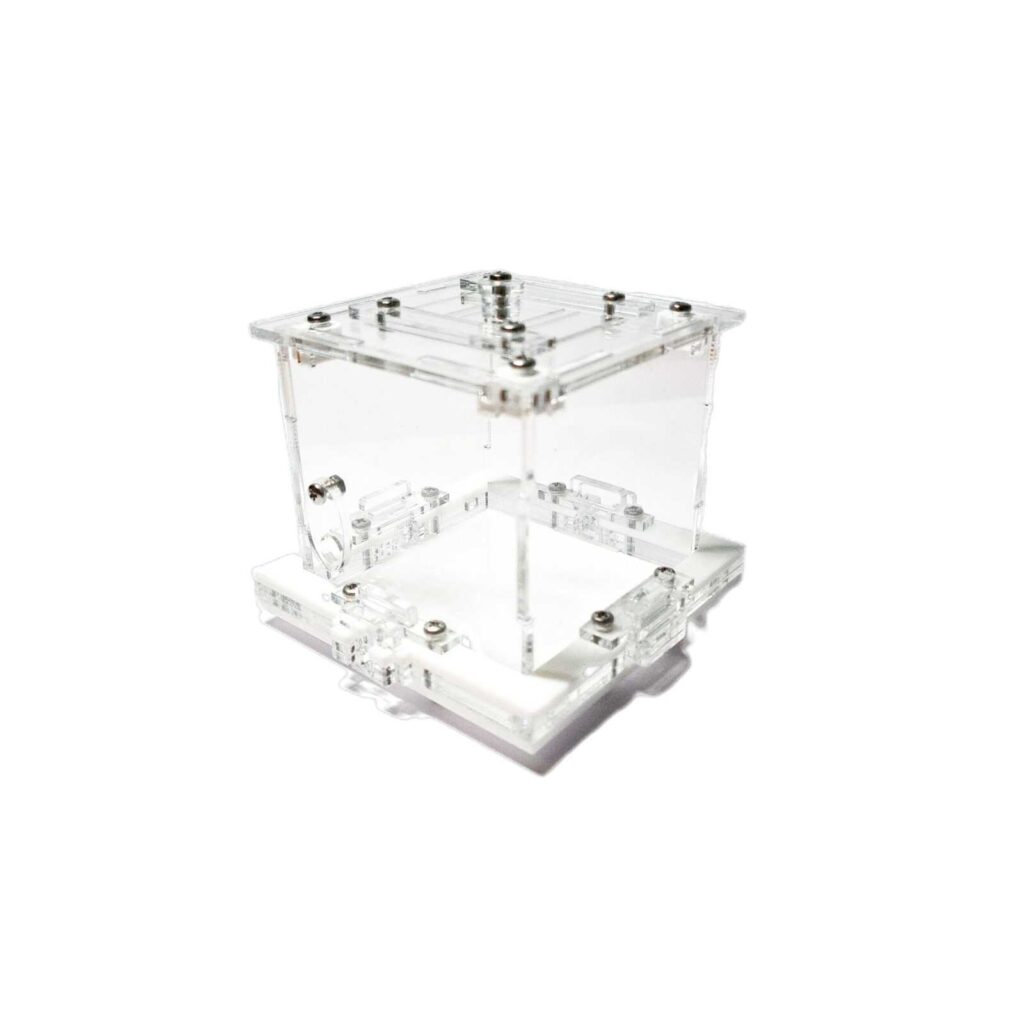
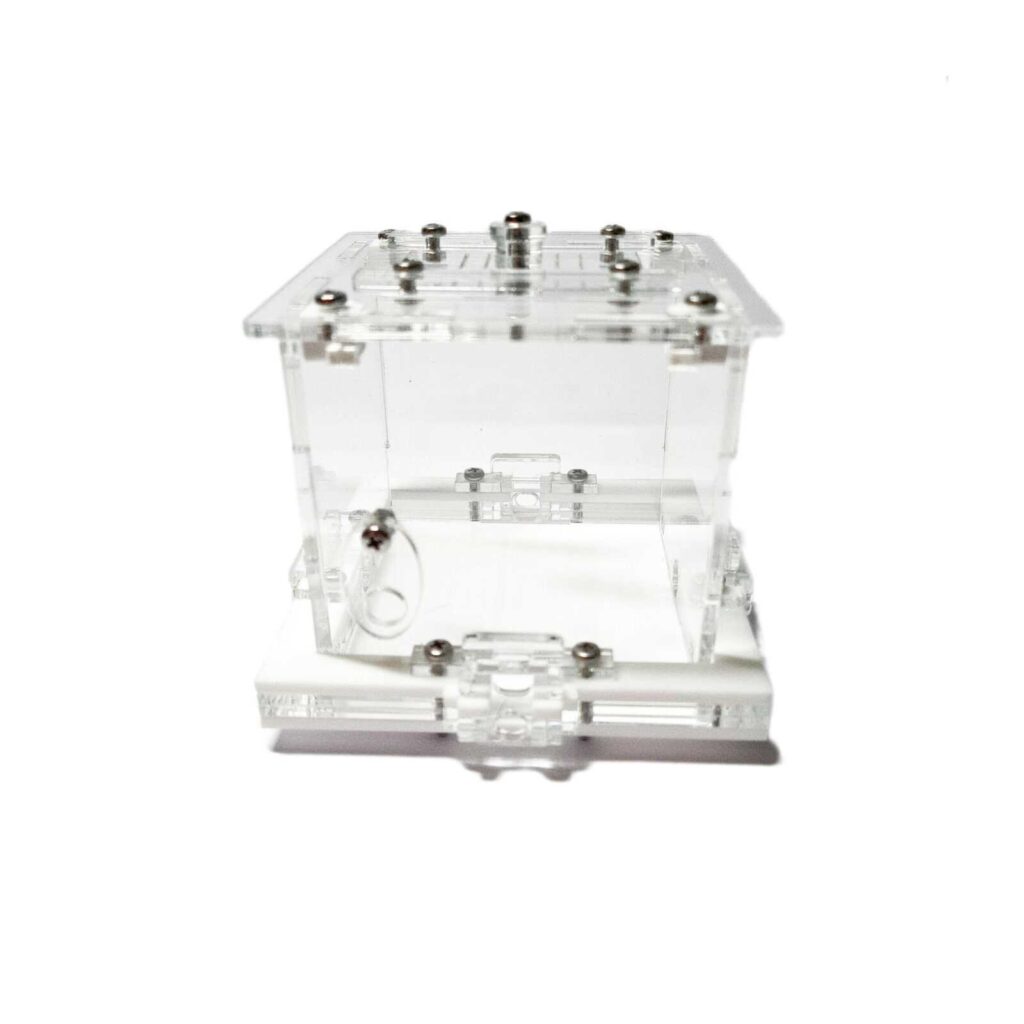
There are no reviews yet.